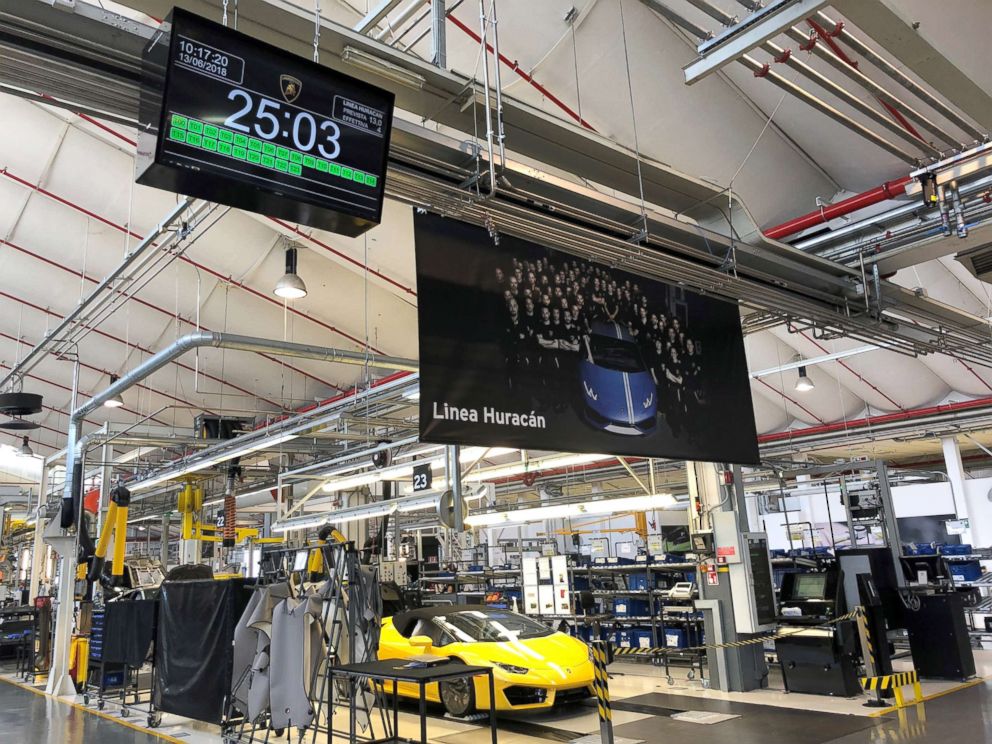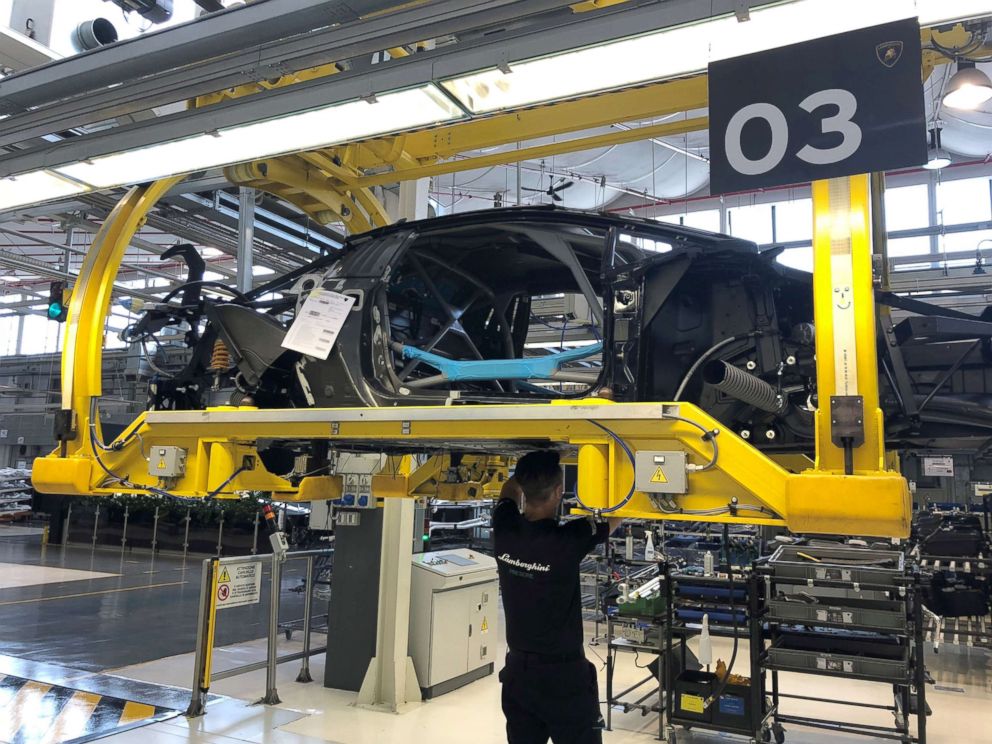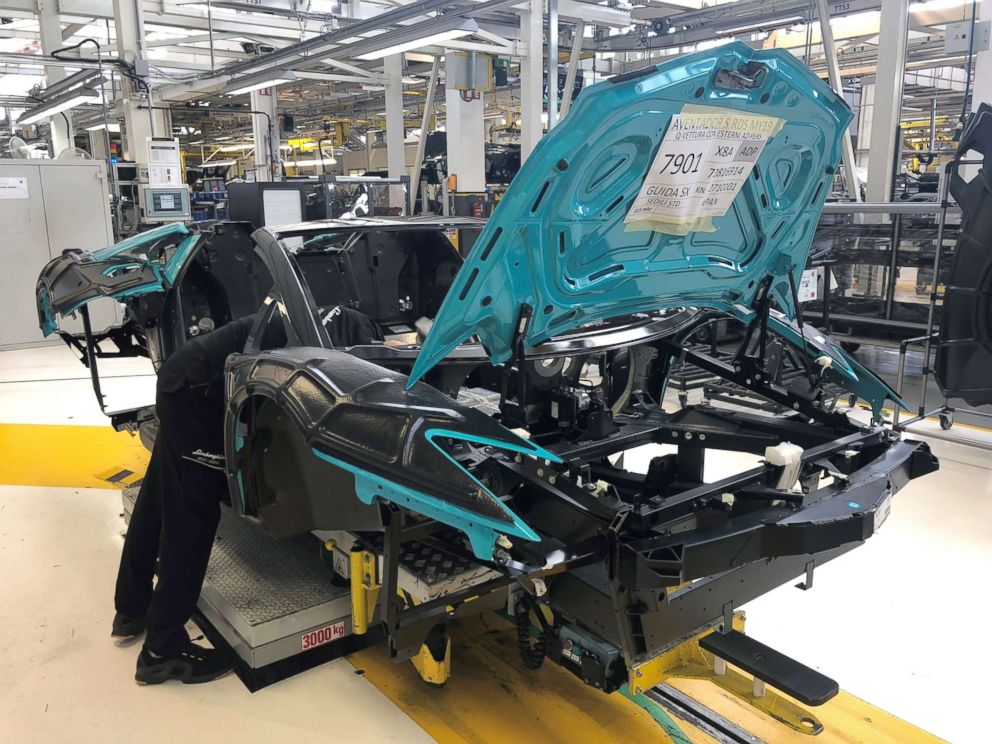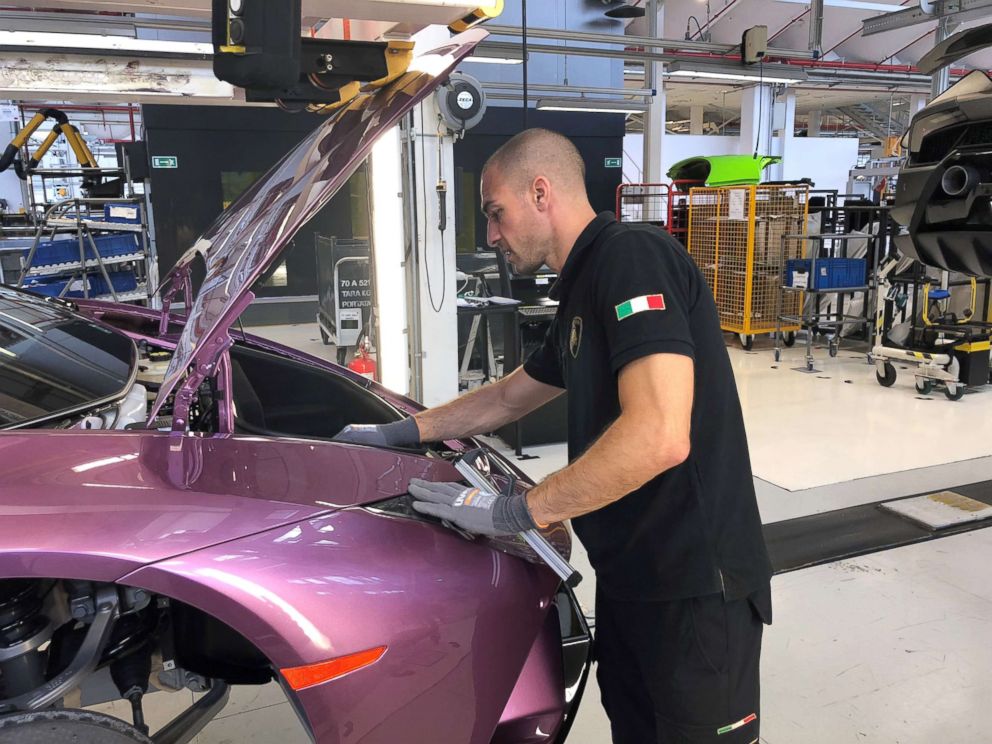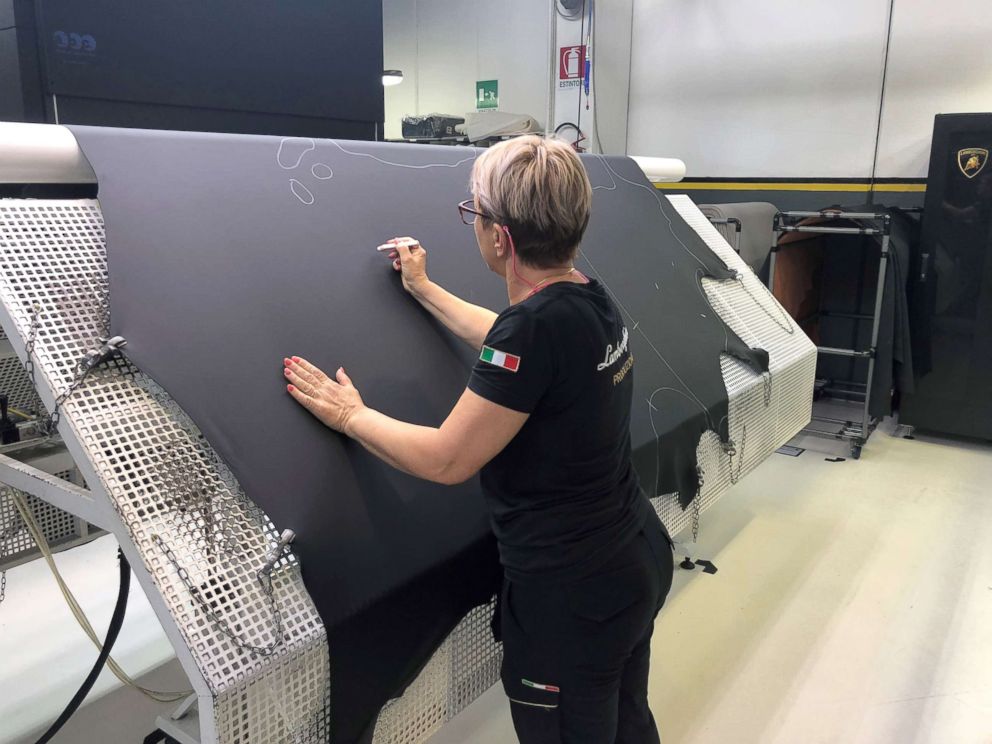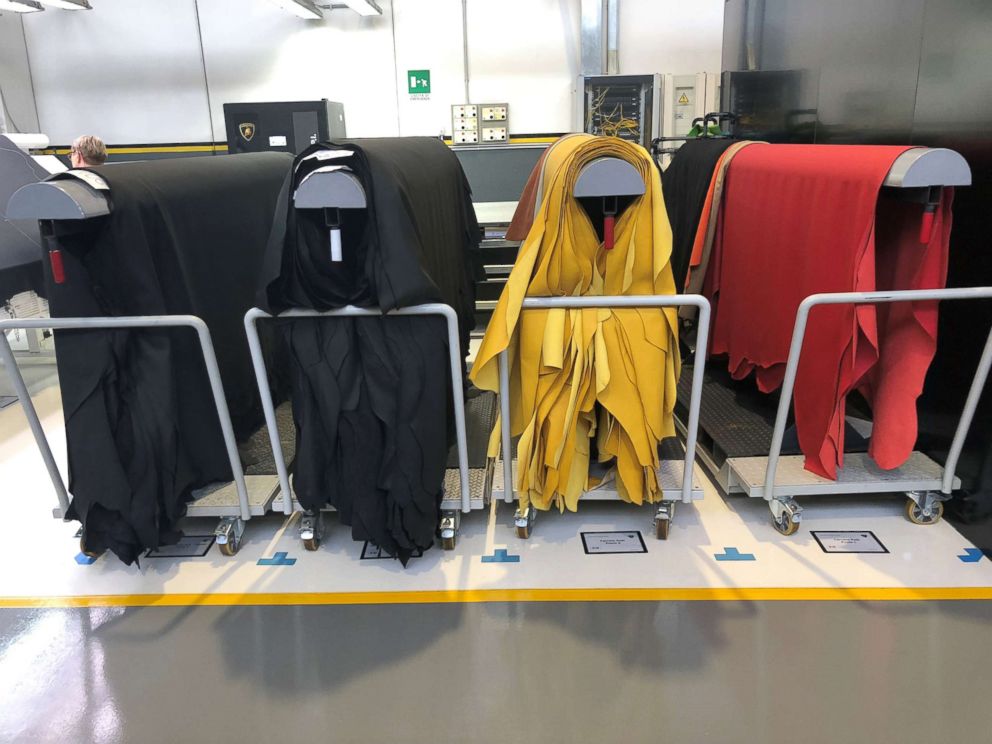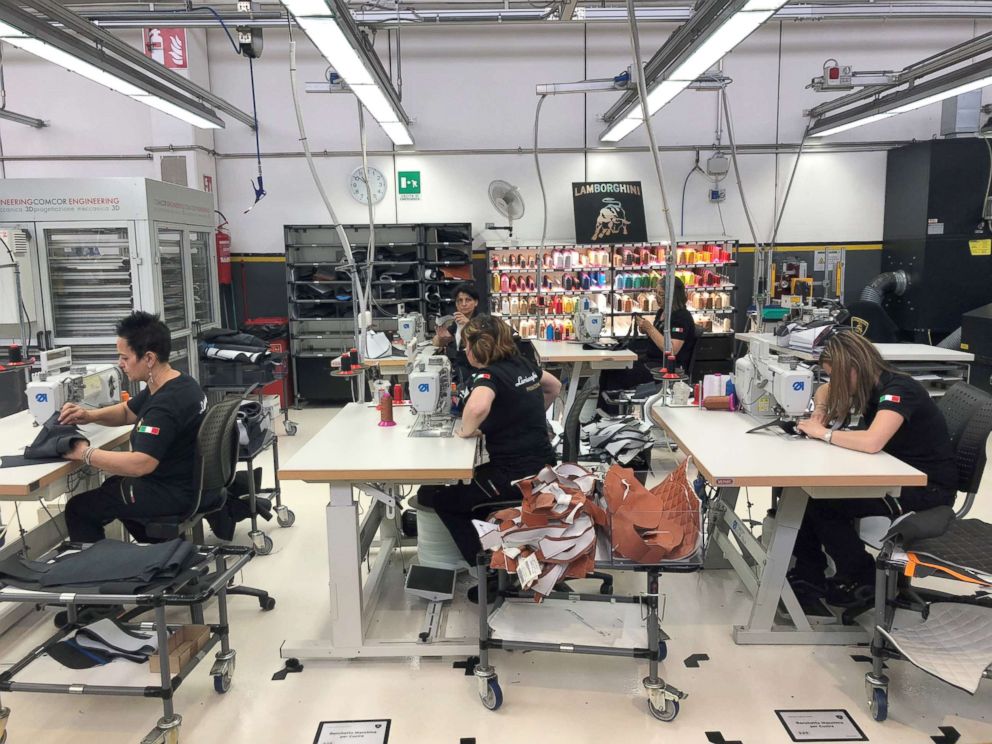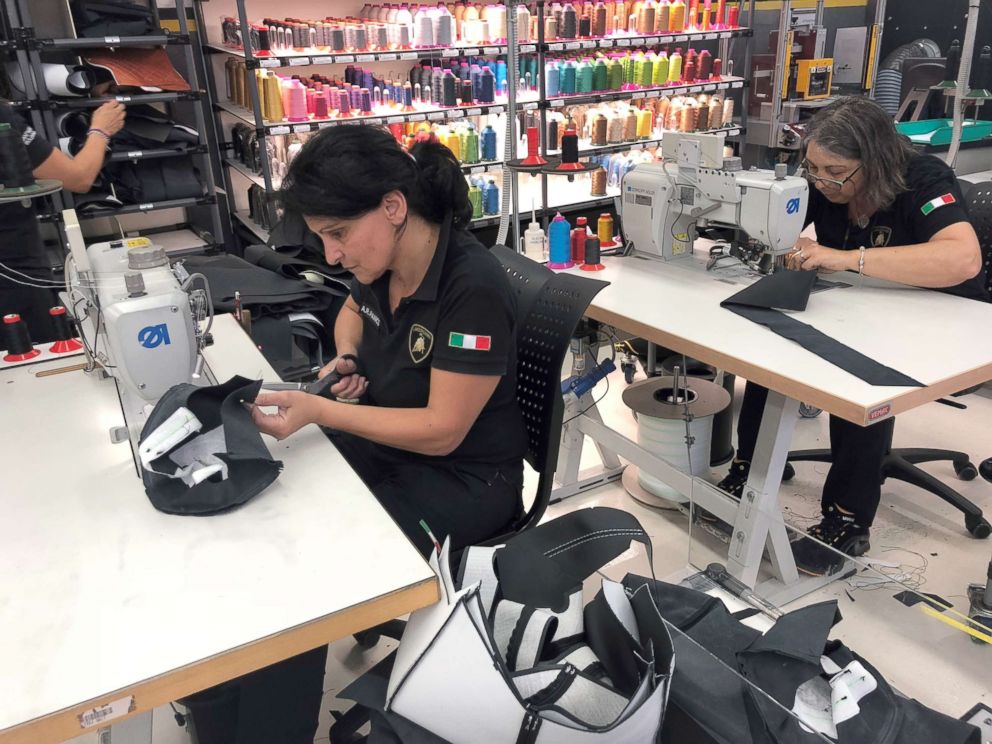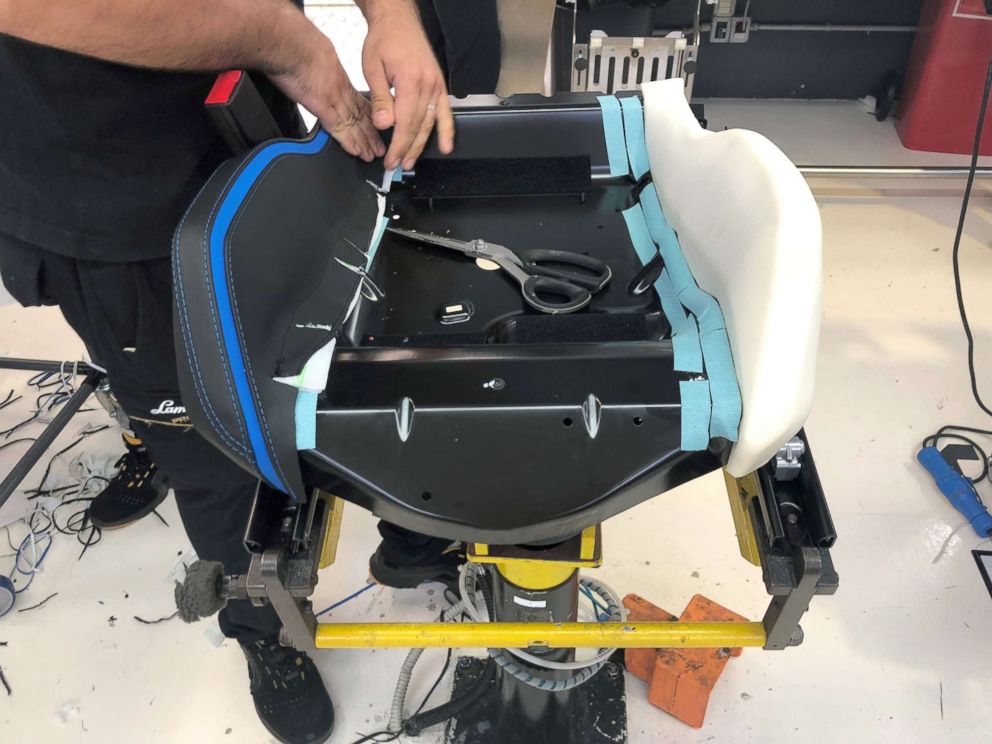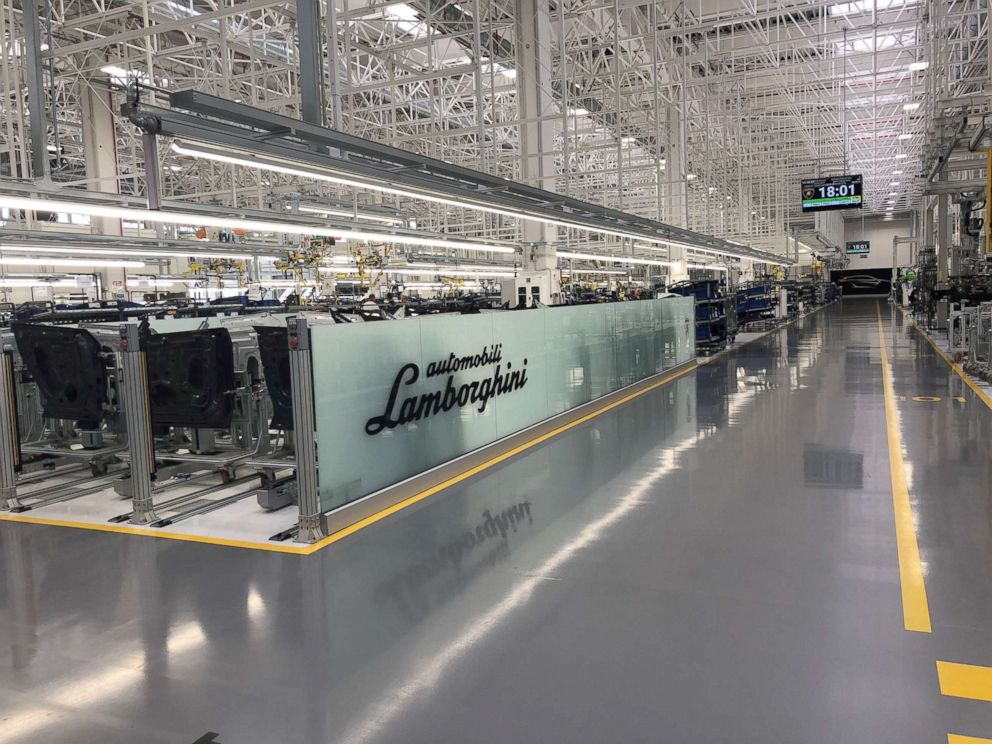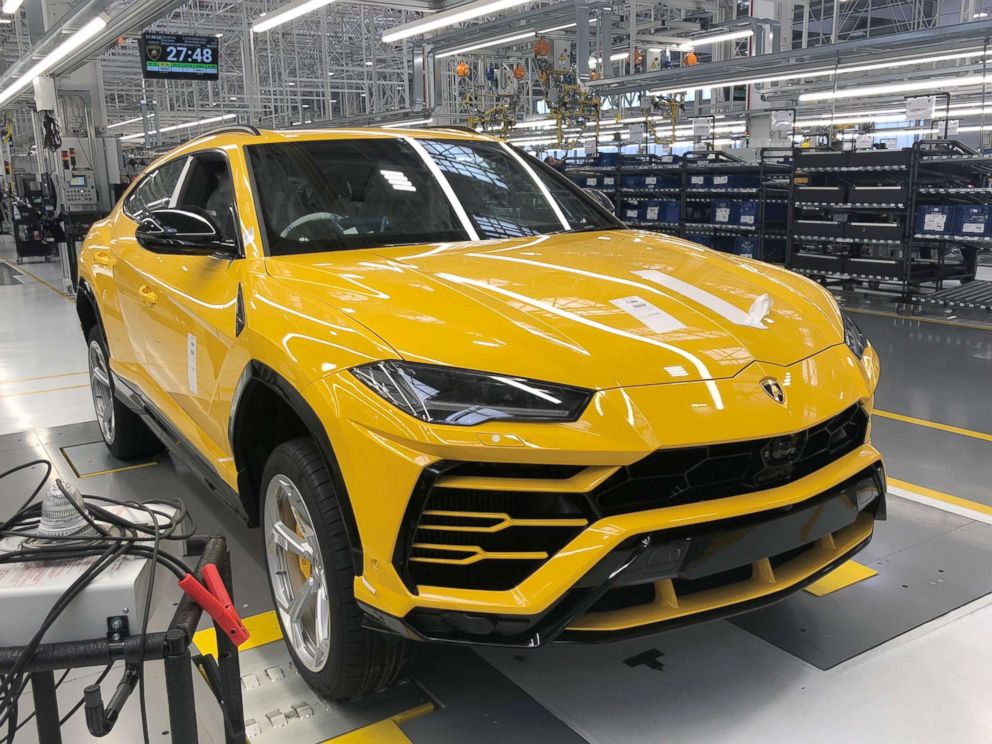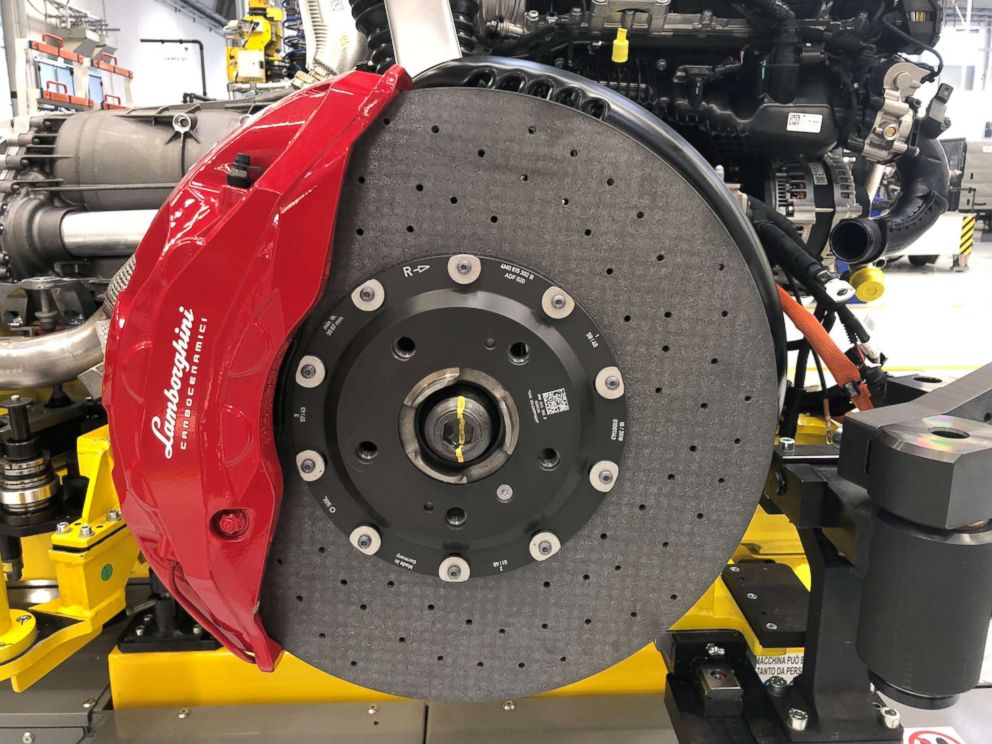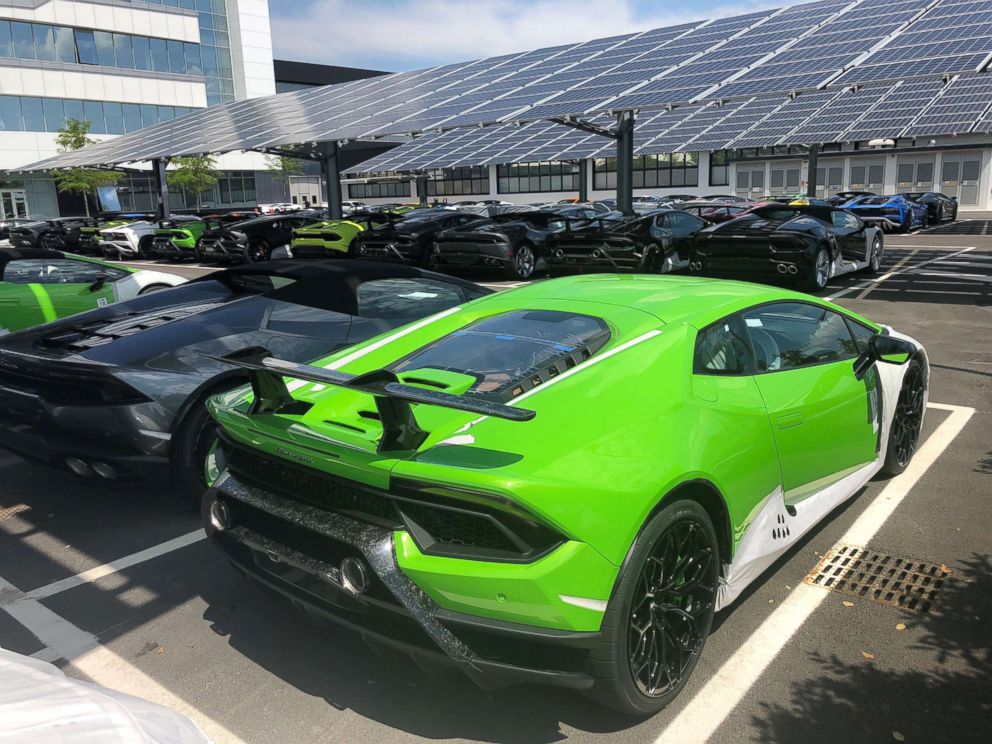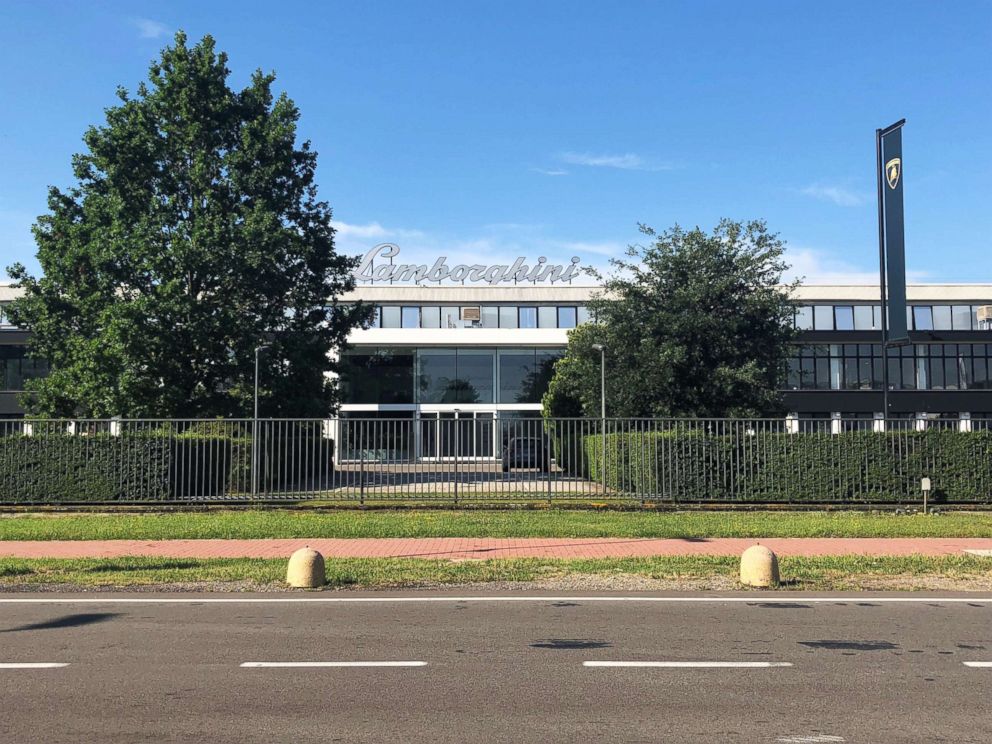Inside Lamborghini's state-of-the-art factory that turns steel into automotive magic
Very few outsiders are allowed in the Sant'Agata Bolognese factory.
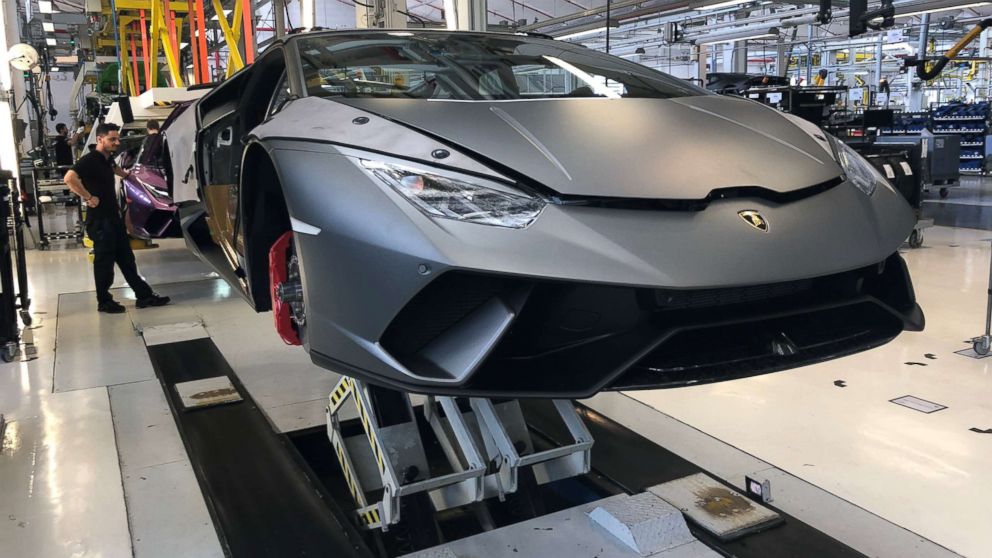
Sant'Agata Bolognese, Italy -- Very few outsiders are allowed inside the Lamborghini factory in Sant’Agata Bolognese, Italy. Located about two hours away by car from Milan, the supercar’s global headquarters is juxtaposed against bucolic cow pastures and infinite countryside.
Ferruccio Lamborghini, the automaker’s founder, purchased a plot of agrarian land in 1963 for his budding sports car company, one that he vowed would compete directly with Ferrari. Fifty-five years later the rivalry between these two Italian legends continues unabated.
Every single Lamborghini vehicle built at the company’s two factories — the only Lamborghini factories in the world — is pre-sold. Lamborghini dealerships own the vehicles seen in showrooms and if you want one be prepared to wait six to 12 months. With the Urus, the company’s $200K SUV that debuted earlier this year, the wait time is closer to two years.
About 1,800 people are employed at Lamborghini’s headquarters and 300 workers are dedicated to building the vehicles on the 24-station assembly line.
In one massive factory, men and women quietly and efficiently assemble the $200K Lamborghini V10 Huracan, the company’s top seller, and the V12 Aventador, its sportier $400K coupe. It’s clear that the workers take great pride in what they do. Thirteen Huracans are completed each day compared to six Aventadors, which are highly customizable and take longer to finish because the entire chassis is made of carbon fiber.
One to three workers, depending on the station, spend about 30 minutes on a single task before the car moves to the next stop. There is one robot in the entire factory, playfully nicknamed Robert. Its sole job is to move the 300 kilos engine around the sparkling floor to the mechanics who will fastidiously place it inside the chassis.
In 2017, "The House of the Raging Bull" delivered 3,815 cars globally, with the largest percentage of cars going to the top two markets: the U.S. and Japan. Lamborghini hopes to double its output by 2019 with the Urus, which is manufactured at a brand new factory a short walk away. Five Urus units are completed each day, though that number will soon increase to 20.
Lamborghini owners are invited to visit the factory to watch their car be transformed from a metal skeleton to street speed demon. Seeing the craftsmanship applied to these elite and inimitable vehicles can only be described as stupefying. ABC News got a peek inside!
